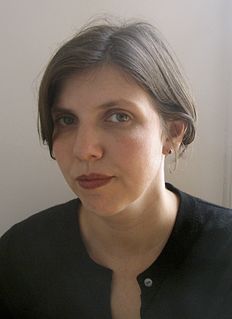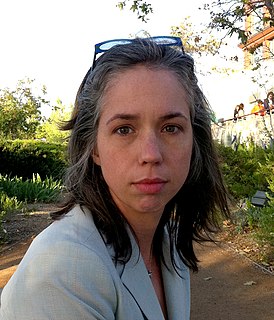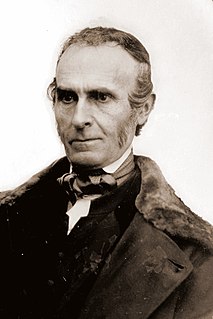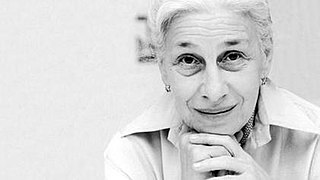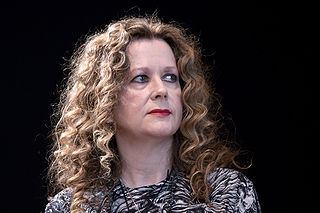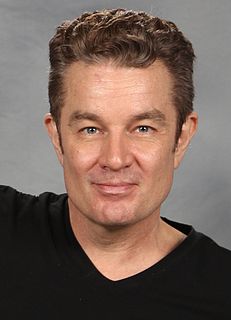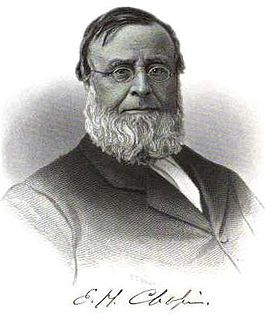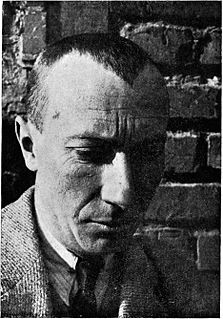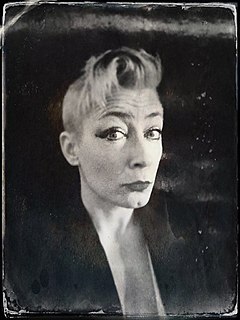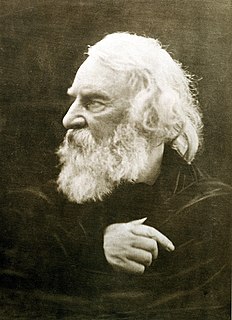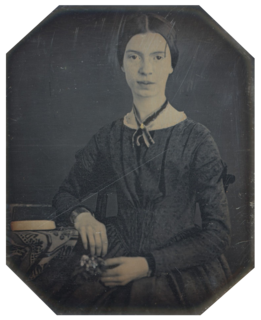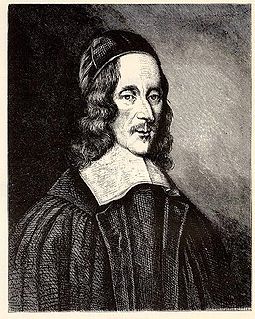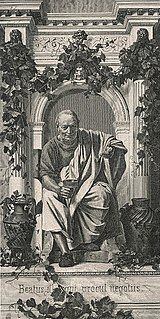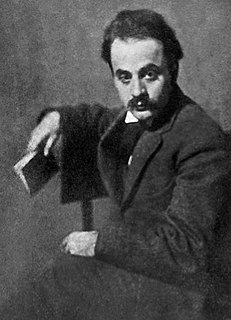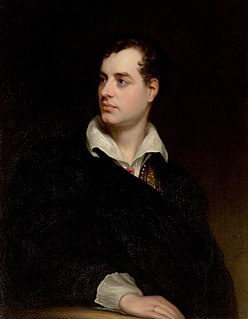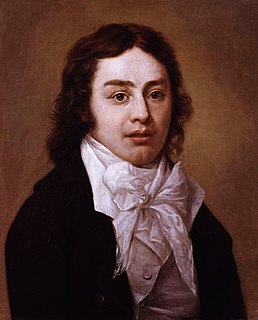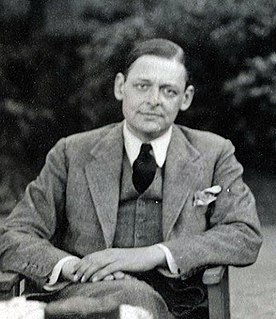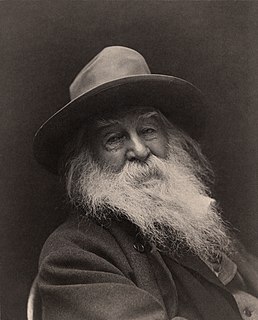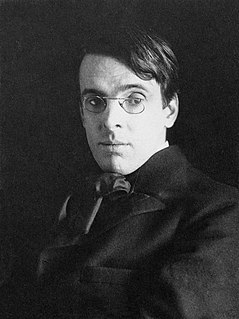A Quote by Oscar Wilde
Art, like Nature, has her monsters, things of bestial shape and with hideous voices.
Related Quotes
Oh," the girl said, shaking her head. "Don't be so simple. People adore monsters. They fill their songs and stories with them. They define themselves in relation to them. You know what a monster is, young shade? Power. Power and choice. Monsters make choices. Monsters shape the world. Monsters force us to become stronger, smarter, better. They sift the weak from the strong and provide a forge for the steeling of souls. Even as we curse monsters, we admire them. Seek to become them, in some ways." Her eyes became distant. "There are far, far worse things to be than a monster.
The devil has been painted swarthy, cloven-footed, horned, and hideous. Do we expect to see him in that shape? O, surely it would be better for us, if he did come in that shape! The trouble is the devil never does come in that shape. He comes by chance, with unregistered signals, and in all sorts of counterfeit presentiments.
Art is the child of Nature; yes, Her darling child, in whom we trace The features of the mother's face, Her aspect and her attitude, All her majestic loveliness Chastened and softened and subdued Into a more attractive grace, And with a human sense imbued. He is the greatest artist, then, Whether of pencil or of pen, Who follows Nature.
The universal nature has no external space; but the wondrous part of her art is that though she has circumscribed herself, everything which is within her which appears to decay and to grow old and to be useless she changes into herself, and again makes other new things from these very same, so that she requires neither substance from without nor wants a place into which she may cast that which decays. She is content then with her own space, and her own matter, and her own art.


